"There isn’t anything like it in the UK"
The new institute tackling some of the world's biggest killers
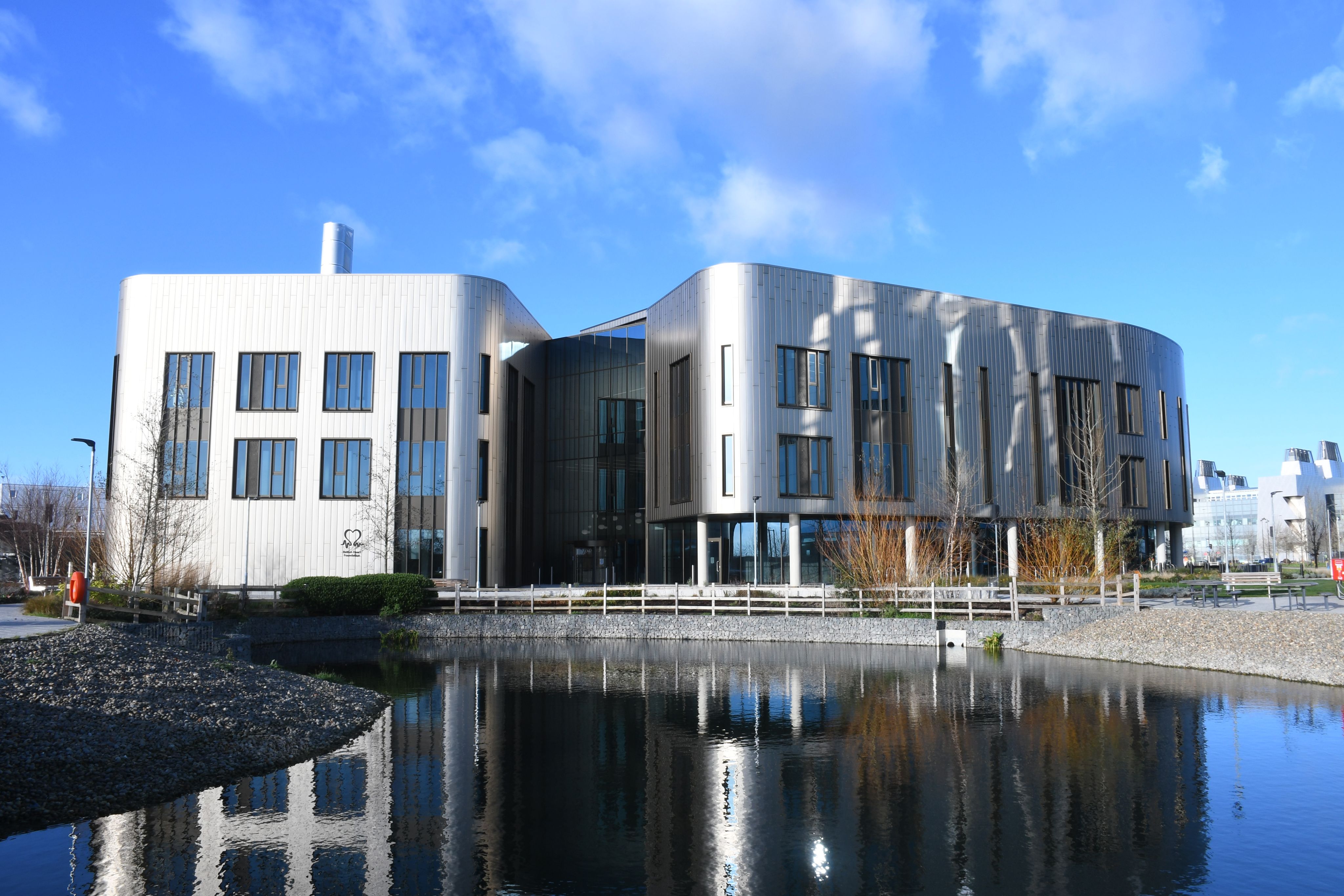
A major new institute opens today, bringing together the largest concentration of scientists and clinicians in heart and lung medicine in Europe.
On 18 August 1979, Keith Castle – despite being described by surgeon Sir Terence English as "not an ideal patient from a medical point of view" – made history, becoming the first person in the UK to undergo a successful heart transplant.
The operation was performed at Papworth Hospital, Cambridgeshire, which specialised in heart and lung surgery. It was not the only 'first' to take place there: seven years later, Papworth surgeons – alongside surgeons from nearby Addenbrooke’s Hospital – conducted the world’s first heart, lung and liver transplant.
In 2019, the hospital – now Royal Papworth Hospital NHS Foundation Trust – relocated to its new home on the Cambridge Biomedical Campus. Shortly afterwards, at the end of February 2020, work began on a new building next door, the realisation of a decade of planning. Construction was barely impacted by the COVID-19 pandemic that swept the country, and now, just two-and-a-half years later, it is opening.
Welcome to the Heart and Lung Research Institute.
The building will see more than 380 staff from the University of Cambridge and Royal Papworth housed under one roof, all working together to tackle some of the world’s major killers: cardiovascular diseases are estimated to cause nearly 18 million deaths per year, mostly due to heart attacks and stroke, with respiratory diseases such as pneumonia and lung cancer just behind. There will be 'wet labs', a clinical research facility, data science and epidemiology research teams, spaces for postgraduate education, collaboration spaces and much more.
"There isn’t anything like it in the UK. We have the largest concentration of scientists and clinicians in cardiovascular and respiratory medicine probably in Europe."
Professor Nick Morrell, Director of the HLRI.
Cardiovascular and respiratory disease have been a strategic priority for the University for many years, and in 2013, the University became one of the British Heart Foundation (BHF) Centres of Research Excellence. It is this expertise, coupled with Royal Papworth’s clinical excellence, that makes the new institute so unique, says Morrell.
"Papworth routinely comes out top in various assessments of safety and mortality and success from operations, and has a history of innovation. It's an international brand in itself, rather like the University is, so we’re bringing those two things together to synergize and maximise our research potential."
The institute has attracted significant funding thanks to this pairing: alongside the University’s contribution, there is £30m from the UK Research Partnership Investment Fund, £10m from the British Heart Foundation – one of the charity’s largest ever strategic awards – as well as additional funding from the Wolfson Foundation, Royal Papworth Hospital Charity and the Cystic Fibrosis Trust.
Location, location, location
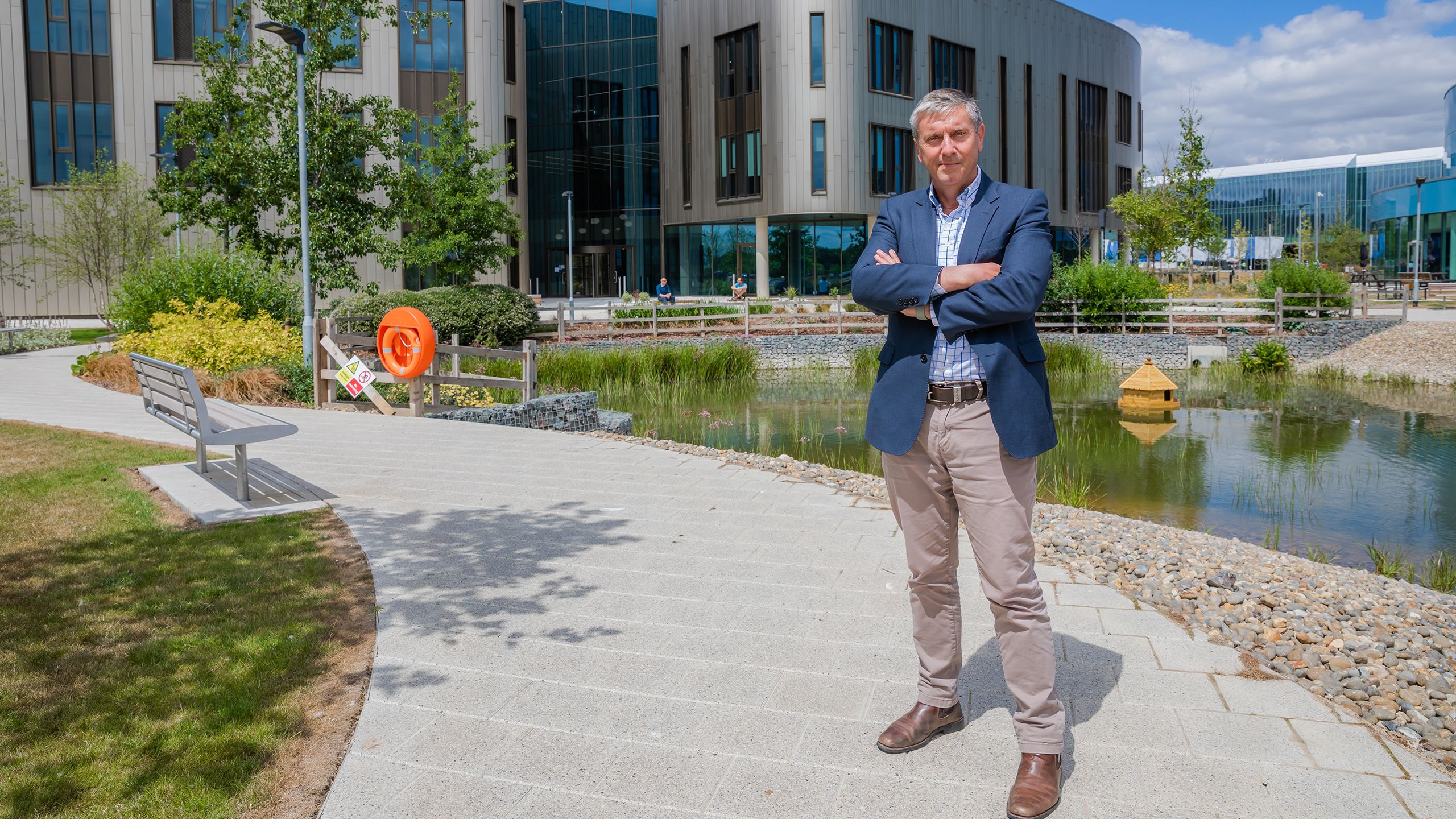
The setting for the Heart and Lung Research Institute (HLRI) could not be better, situated as it is on the Cambridge Biomedical Campus.
Close by are three hospital trusts – Royal Papworth NHS Foundation Trust, Cambridge University Hospitals NHS Foundation Trust (including Addenbrooke’s and the Rosie) and Cambridgeshire and Peterborough NHS Foundation Trust – and dozens of departments and institutes that form the University’s School of Clinical Medicine (and many more in the biological sciences in the city centre).
Also a stone’s throw away are major pharmaceutical companies: AstraZeneca’s new research & discovery centre and, embedded in Addenbrooke’s, the GSK Clinical Unit. Both companies will play a crucial role in helping HLRI scientists not only build on Cambridge's rich history of discovery, but deliver tangible benefits to patients’ lives. Morrell is keen to stress that collaborations with these companies will be strategic partnerships, sharing expertise in areas of common interest, from basic science to clinical expertise, designing clinical trials and finding patients to take part in studies.
But as well as location, co-location will be crucial to the success of the building: the institute will bring together researchers from a broad range of disciplines to work side-by-side to improve outcomes for patients, with shared breakout spaces allowing for greater interaction and even the serendipitous conversations that take place over coffee.
As Martin Bennett, BHF Professor of Cardiovascular Sciences, explains: "When you're tackling big and global problems, there are lots of elements to consider. There's what causes the disease, how you diagnose the disease, how you manage it, and how you change things at the population level."
"We've got people that cover everything from discovery, validation, and clinical trials, through to implementation – the whole pipeline all could be done in one building."
Professor Martin Bennett
All this has encouraged Morrell and colleagues to set themselves an ambitious target of developing at least 10 new proof-of-concept drugs or diagnostic approaches within the next five years.
"It's good to have a goal," says Morrell. "It sets our stall out as to what we're here for. This is about translational science. Our goal isn't just to publish high impact papers in internationally recognised journals. The end game here has to be delivering on the promise of that science."
Patient-centred research
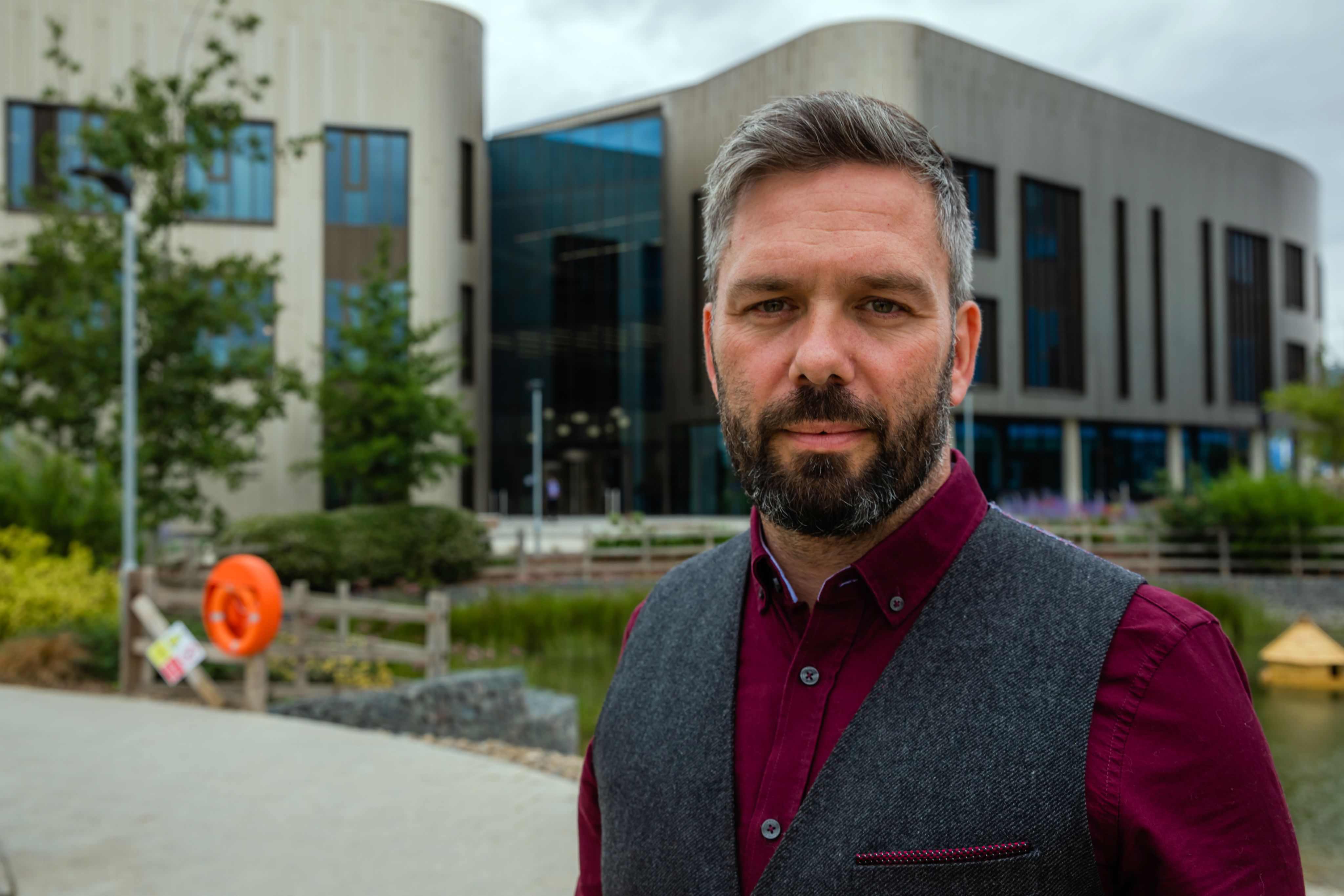
Helping deliver on that promise will be the Clinical Research Facility (CRF), due to open later this year with capacity for up to 10 in-patients to take part in clinical studies and experimental medicine trials.
Heading the facility is Dr Mark Toshner, a consultant at Royal Papworth and Associate Professor at the University, who specialises in pulmonary hypertension, a group of diseases characterised by high blood pressure in the lungs.
"The idea of having a new clinical research facility is to take some of the great basic science we do in Cambridge and then make sure it gets applied in a way that results in changing clinical practice and improving patients’ lives," he says.
Toshner wants to transform the way that trials are designed. The current model – patient comes in, receives the drug, goes home or stays overnight, and returns for hospital-based tests at regular intervals – suits the clinicians, but not necessarily the patients, he says.
"What we want is to turn this on its head and start redesigning trials that have the patient right at the centre."
"We’ll ask the patients: 'what is important to you in a trial?' and design them with this at the core."
Dr Mark Toshner
Studies have shown that patients who take part in clinical trials fare better - regardless of whether the treatment works - but people who are from minoritised communities, those who work full-time or have to make a long journey to participate are often excluded. “If we are systemically disenfranchising people from enrolling in clinical trials, then we are actually enshrining disadvantage in outcomes. Our new facilities will be a step-change in addressing this.”
What’s unique about the HLRI – and the wider biomedical campus – he says, is its ability to put patients, researchers, clinicians and industry all in the same space.
"It's the innovation this allows that will drive better outcomes for patients. It really makes us an incredible place to be doing research right now."
Meet some of the researchers at the heart of the new institute
Martin Bennett, BHF Professor of Cardiovascular Sciences
Like many others at the HLRI, Bennett is both a consultant and a scientist, spending some of his time looking after patients who have had a heart attack or heart failure, and some on research.
Bennett’s research interest lies in coronary artery disease. Part of this involves looking at the underlying biology to try and understand the disease. For 25 years, his lab has been studying basic processes – why cells divide, why they die, what leads to inflammation of the artery walls, for example – and then how you interrupt these processes.
He is also exploring new ways to identify patients at high risk from the disease: many people who have coronary artery disease will come to no harm, but others will have a heart attack, and patients who have already had one heart attack are at significant risk of a second.
One approach Bennett is taking is to use imaging to identify at-risk patients, an approach he says could also help assess whether potential new drugs reduce the risk, speeding up the drug development process. Proving a drug is effective is expensive and may involve recruiting tens of thousands of patients, looking for infrequent endpoints, such as heart attacks.
"If you use imaging, you can work out if your drug is going to work within 12 months and with maybe a few 100 people.
"That will then give you the confidence to either do the bigger trial or say 'actually this drug isn't going to work, so I'm not going to spend money and waste time doing the bigger trial.'"
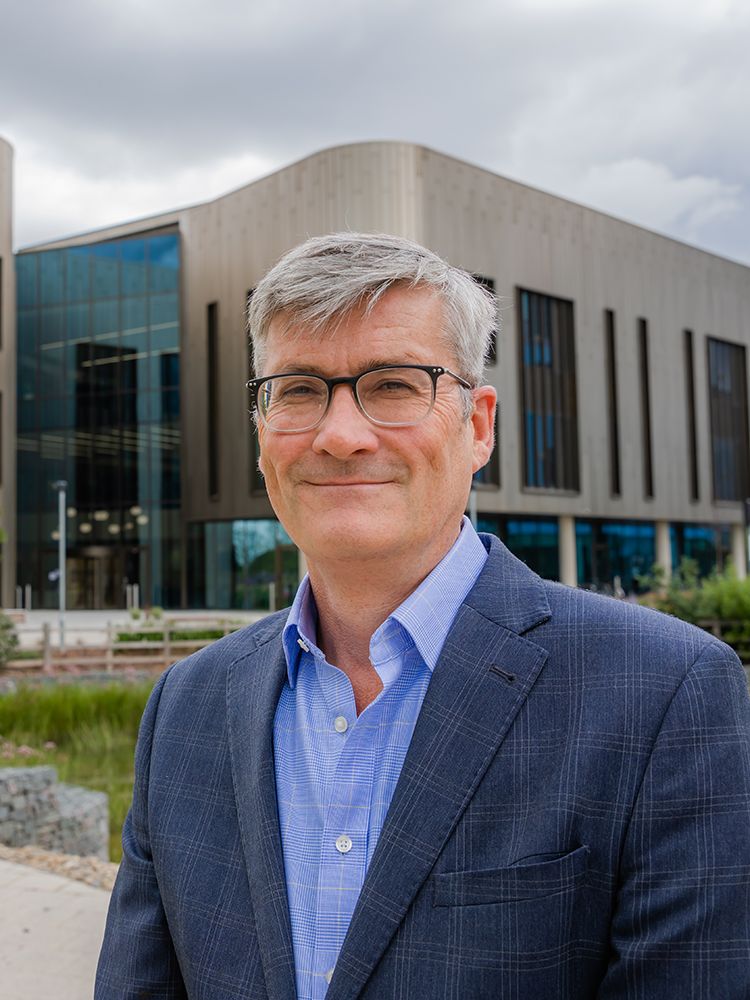
Professor Martin Bennett
Professor Martin Bennett
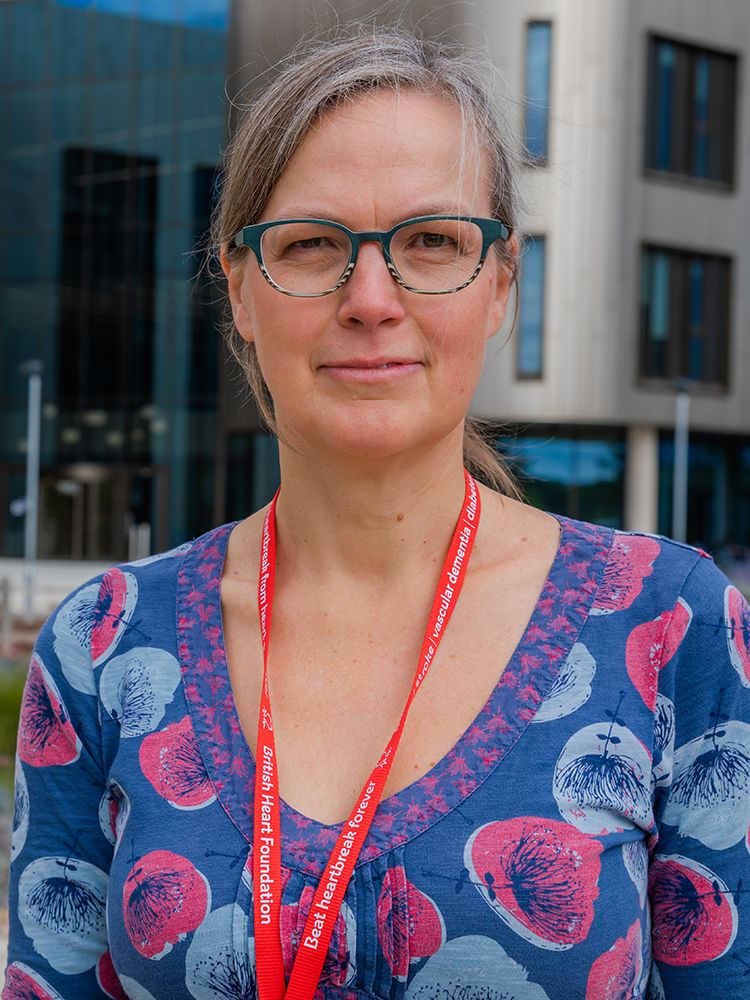
Dr Helle Jørgensen
Dr Helle Jørgensen
Dr Helle Jørgensen, BHF University Lecturer in Stem Cell and Developmental Biology
Jørgensen is interested in what is happening in the walls of our arteries. In particular, she studies muscle cells in the artery walls, which are responsible for maintaining vascular tone and blood pressure.
These cells have a remarkable plasticity, carrying out a number of different functions in response to certain stimuli. But the wrong type of stimulus – such as the build-up of cholesterol or inflammation – can cause problems. Then the cells start dividing and can adopt different states that lead to the build-up of calcium deposits, inflammation and the growth of lesions that can rupture and cause heart attack and stroke.
Jørgensen uses a number of approaches, such as single cell RNA sequencing, to analyse how the cells are changing. It has become apparent that a lot of the genetic variants associated with cardiovascular disease are linked with these cells.
"For a long time, the cells have been seen as a boring cell type, that they’re not really doing much, but it seems that they are actually conveying quite a large proportion of the genetic risk of cardiovascular disease."
Dr Wei Li, BHF Senior Basic Science Research Fellow
Li studies the structure and function of proteins, the products of genes. In particular, her research targets circulating molecules called bone morphogenetic protein 9 and 10 for treating cardiovascular diseases. Mutations in the receptors for these proteins cause the genetic disorders pulmonary arterial hypertension and hereditary haemorrhagic telangiectasia, both of which are currently without a cure.
Li’s group makes these proteins in vitro, reconstructs and examines their functions using biochemical and cell biological tools, and applies structural biology to design therapeutic strategies.
By introducing human mutations into the DNA fragments used for generating the proteins, they can see exactly how the mutations disrupt the protein function and cause disease, and design strategies to restore the mutant protein functions for therapeutic applications.
"Our use of basic research applied to translational questions led to a successful collaboration with Nick [Morrell], which resulted in us co-founding Morphogen-IX, a University spin-out company focused on treating pulmonary arterial hypertension.
"HLRI will provide more opportunities for such translational collaborative work."
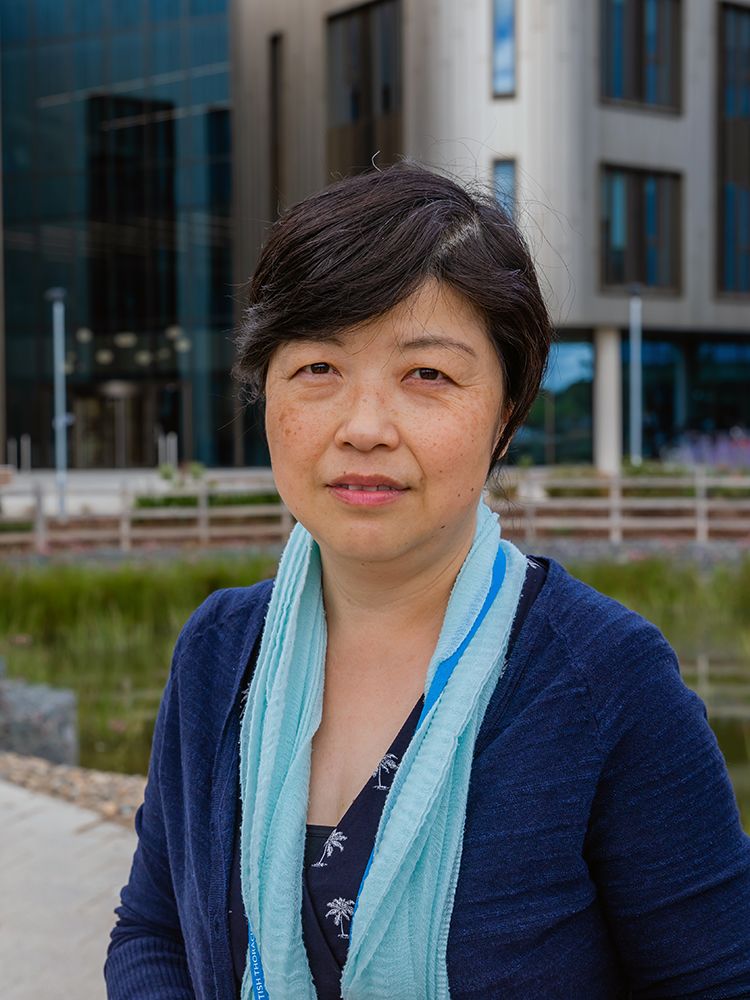
Dr Wei Li
Dr Wei Li
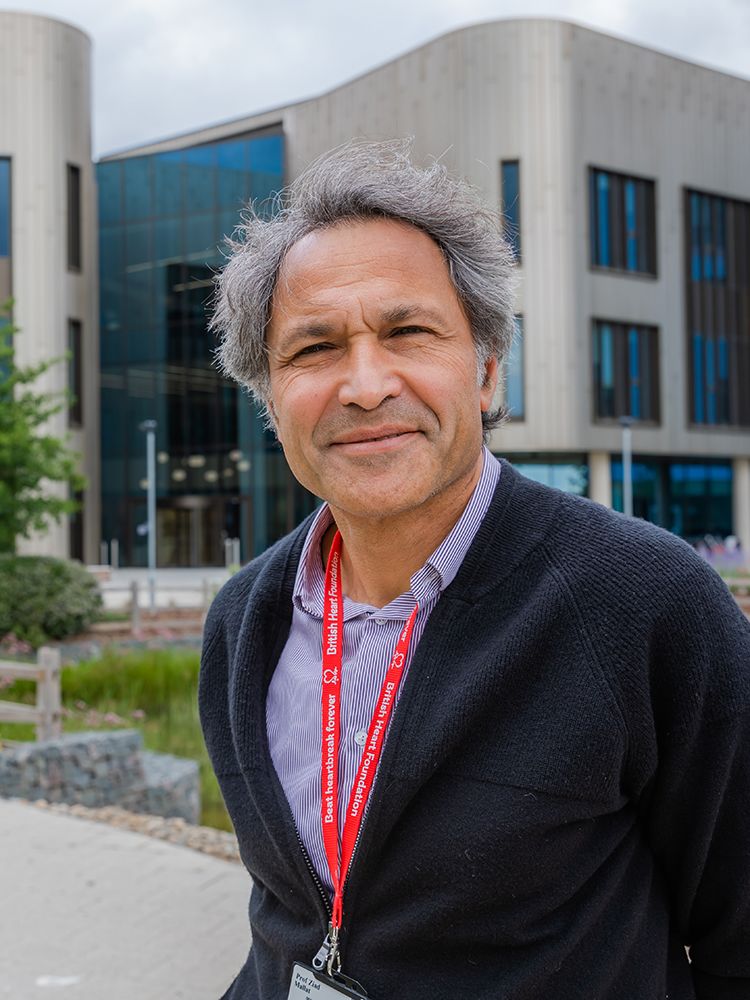
Professor Ziad Mallatt
Professor Ziad Mallatt
Ziad Mallat, BHF Professor of Cardiovascular Medicine
The immune system plays a vital role in defending us from infection, but does not always work in our best interests. Mallat is interested in the surprising role it plays in conditions such as atherosclerosis, heart attack, strokes and aortic aneurysms.
"There have been a lot of clinical trials trying to modulate the immune system and see whether these can reduce cardiovascular events, but most of them failed."
That’s because we don’t understand which components of the immune system are implicated in these conditions and how to target them selectively, he says. Take, for example, the CANTOS trial, which targeted a component of the immune system known as interleukin-1 beta. This was effective at treating coronary artery disease, but increased the risk of fatal infections.
Mallat and his team are trying to understand what's happening in our arteries at different stages of disease development to try to pinpoint and identify the critical pathways important in this disease. He is conducting several clinical trials at Addenbrooke’s and Royal Papworth, repurposing existing immunotherapies for the treatment of patients with cardiovascular disease.
Two such drugs, low-dose interleukin-2 and rituximab, have passed the safety trials, and are being tested in follow-up efficacy trials. One such trial, using rituximab, a treatment already in use for non-Hodgkin lymphoma and rheumatoid arthritis, is a European multi-centre trial to see whether a single infusion in patients with myocardial infarction can improve heart function.
Andres Floto, Professor of Respiratory Biology
Another early investor in the HLRI has been the Cystic Fibrosis Trust, which has pledged £5million to support a Cystic Fibrosis Trust Innovation Hub, run by Floto, who is also an honorary consultant at Royal Papworth Hospital.
Floto is using the opportunity of moving to the HLRI to broaden the focus out to other inflammatory lung diseases, such as bronchiectasis, asthma and chronic obstructive pulmonary disease (COPD). While the emphasis has previously been on basic biology, Floto intends to extend his work into experimental medicine, working with clinical trials units across the campus to test potential new treatments.
The underlying mechanisms that drive the inflammation in diseases such as bronchiectasis and cystic fibrosis are not fully understood, he says, but by testing interventions on small numbers of patients, they hope to learn more about the fundamental biology of these conditions, which could lead to the discovery of new drug targets.
"Our approach – so, re-purposing off-the-shelf drugs in small scale studies to get an idea about what the impact is of modulating those pathways in man – is really exciting. I think it probably puts us in a very unique position in the world."
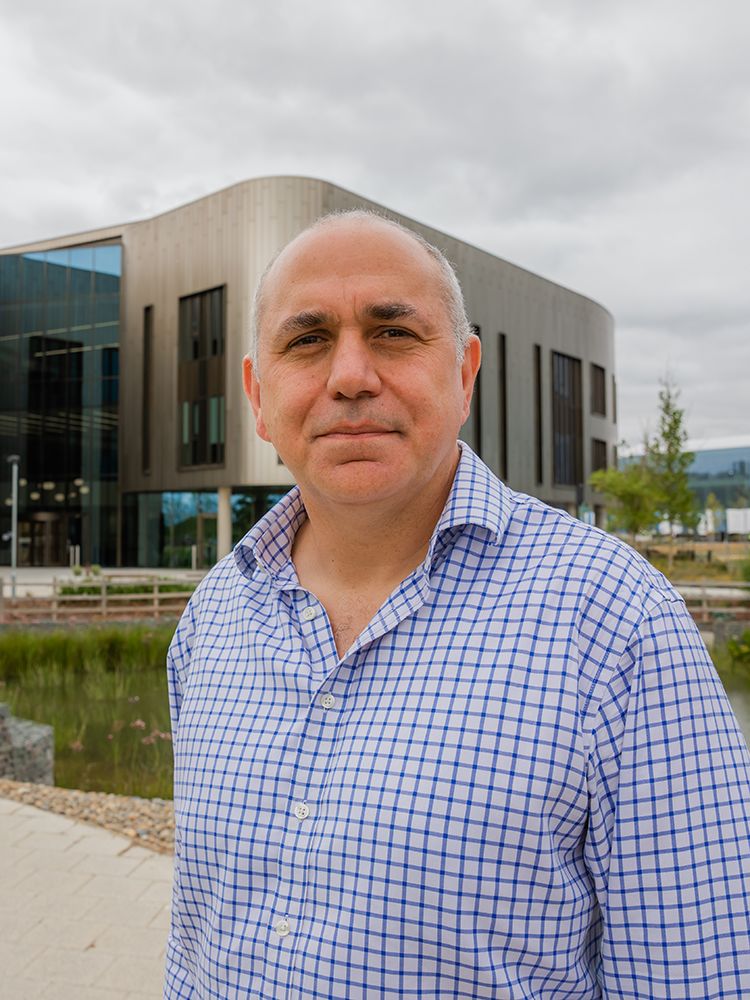
Professor Andres Floto
Professor Andres Floto
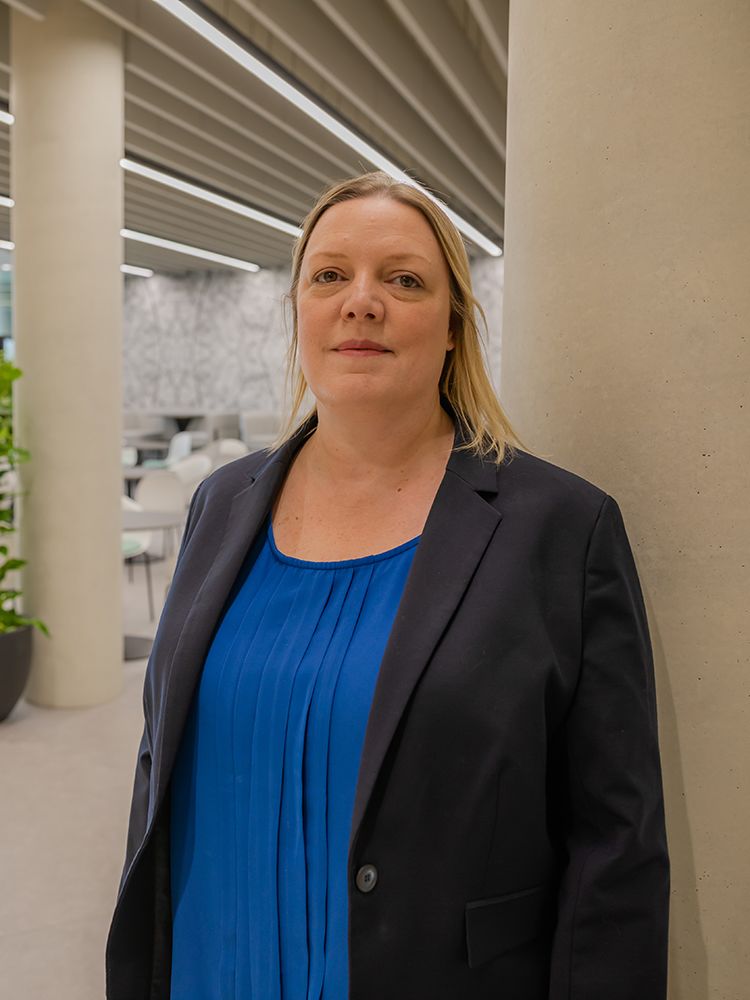
Professor Charlotte Summers
Professor Charlotte Summers
Charlotte Summers, Professor of Intensive Care Medicine
Summers has spent much of the past two-and-a-half years at the front line of the COVID-19 pandemic, juggling her research with treating intensive care patients at Addenbrooke’s Hospital.
She is leading the new Wolfson Lung Injury Unit at the HLRI. Lung injury, which causes the devastating failure of people's lungs to deliver oxygen, has come to the forefront during by the pandemic, but even beforehand was a global health problem.
"Every year, 400,000 children under the age of five die of pneumonia, and the predominant mode of death worldwide for these children, and for many thousands of adults, is from their lungs failing to deliver oxygen."
Acute respiratory distress syndrome has multiple different causes, but is the final pathway that leads to lung failure and death. With patients from across the campus – both Royal Papworth and Addenbrooke’s, as well as from the wider community – Summers’ team aims to understand the mechanisms underlying lung injury in order to develop therapies to prevent and improve it.
She will use a number of different approaches, from patient samples and human cell models through to multicentre, phase III trials such as HEAL COVID, the national urgent public health trial. She will be working with Professor Clare Bryant who is developing ‘lung on a chip’ models, taking components of lung cells and growing them on very small microfluidic devices – ‘chips’ – enabling the study of key lung functions.
Like many HLRI researchers, she will be working with AstraZeneca and GSK to translate her findings into new treatments. She already has a large programme grant under the Experimental Medicine Initiative to Explore New Therapies (EMINENT) scheme funded by the Medical Research Council and GSK.

Published 11 July 2022
Photography: Lloyd Mann
The text in this work is licensed under a Creative Commons Attribution 4.0 International License
